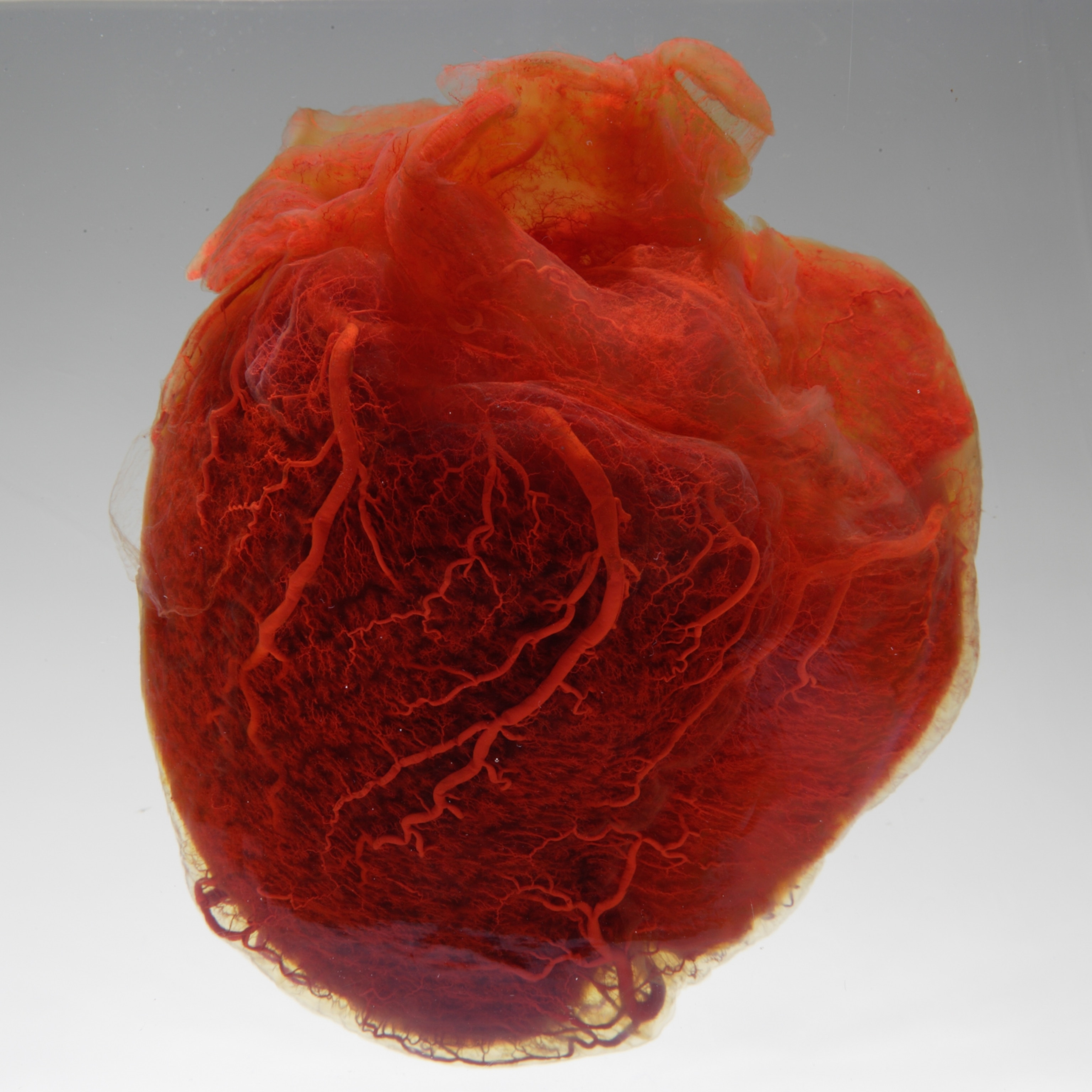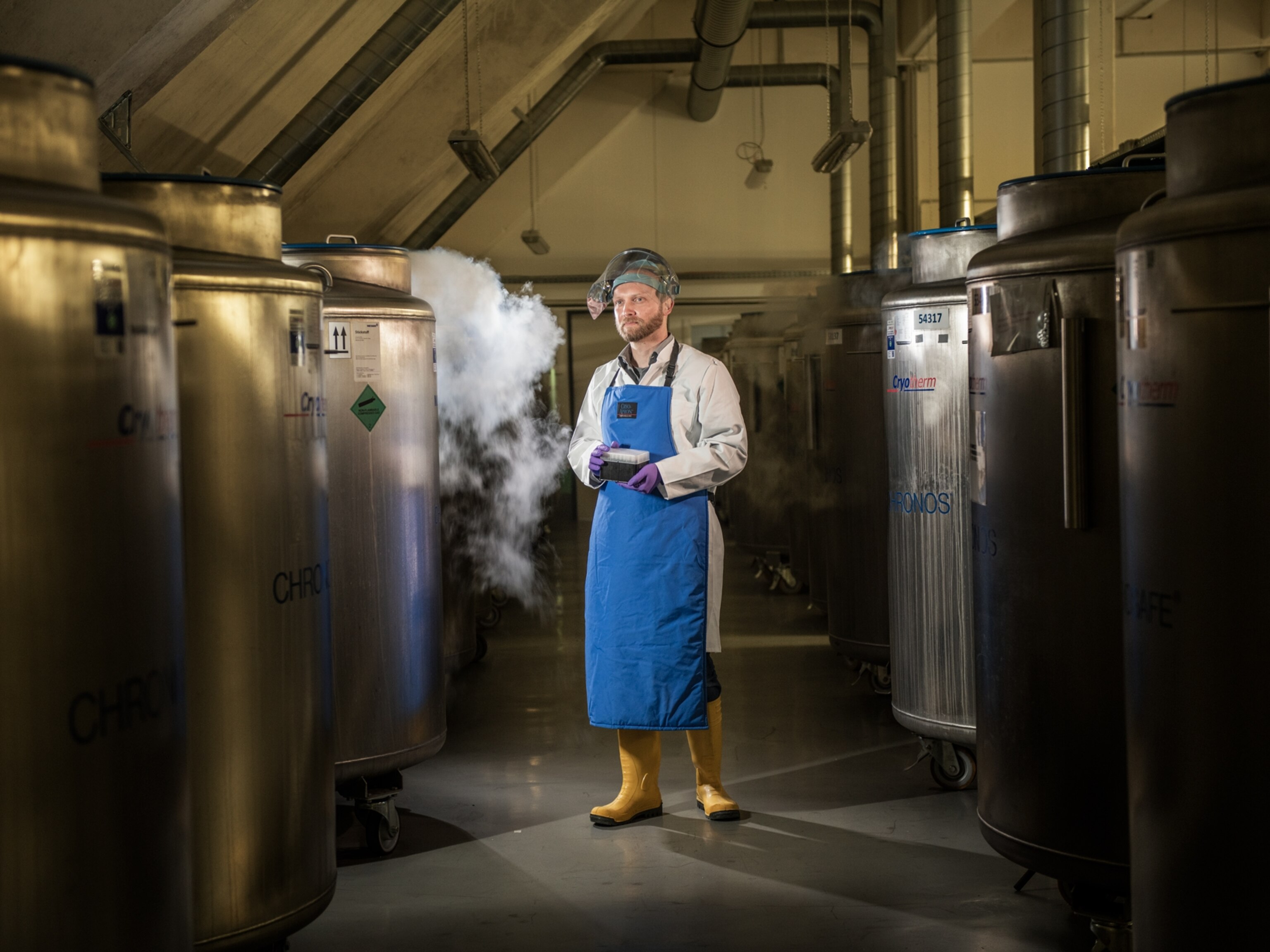Exposed to extreme heat, plastic bottles may ultimately become unsafe
“The hotter it gets, the more the stuff in plastic can move into food or drinking water.”

Millions of people along the East Coast and in the Midwestern United States are under a heat watch this weekend as a massive heat wave bears down. This scorching July weekend follows what NOAA recently reported was the hottest June on record.
But before you reach for a plastic water bottle to keep hydrated, you might think twice about whether it too has been wilting under a hot sun.
“The hotter it gets, the more the stuff in plastic can move into food or drinking water,” says Rolf Halden, director of the Center for Environmental Health Engineering at Arizona State University’s Biodesign Institute.
Most plastic items release a tiny amount of chemicals into the beverages or food they contain. As temperature and time increase, the chemical bonds in the plastic increasingly break down and chemicals are more likely to leach. According to the FDA, the amounts of the chemicals are too minuscule to cause health problems, but scientists looking at the long-term effects of filling our lives with plastic say all those small doses could add up in a big way.
A single-use bottle on a hot summer day
Most of the water bottles you find on supermarket shelves are made of a plastic called polyethylene terephthalate, or PET. It’s recognizable by the recycling number one and accepted by most curbside recycling programs.
A study conducted by scientists at Arizona State University in 2008 looked at how heat sped up the release of antimony in PET bottles. Antimony is used to manufacture the plastic and can be toxic in high doses, the NIH reports. In mild, 70-degree weather, the researchers measured safe levels of the chemical in the bottled water. But the hotter the day, the less time it took for water to become contaminated.
A hot car can reach temperatures over 150 degrees Fahrenheit in the summer. In experiments, it took 38 days for water bottles heated to that temperature in a lab to show levels of antimony that exceeded safety recommendations.
“As a general rule, yes, heat helps break down chemical bonds in plastics like plastic bottles, and those chemicals can migrate into beverages they contain,” emails Julia Taylor, a scientist who researched plastic at the University of Missouri.
In 2014 scientists found high traces of antimony and a toxic compound called BPA in water sold in Chinese water bottles. In 2016 scientists found high antimony levels in bottled water sold in Mexico. Both studies tested water under conditions that exceeded 150 degrees Fahrenheit, representing worst-case scenarios.
According to industry group the International Bottled Water Association, bottled water should be kept in the same conditions that consumers keep other groceries.
“Bottled water has an important role in emergency situations. If you’re at risk of dehydration, it doesn’t matter what container that comes in. But for the average consumer,” says Halden, “there is really no benefit for using all these bottles.”
What about reusable containers?
Water bottles that can be used repeatedly are most often made from high-density polyethylene (HDPE) or polycarbonate. HDPE is largely accepted by recycling programs (recycling code number two), but polycarbonate is more difficult to recycle (recycling code number seven).
To make those bottles hard and shiny, manufacturers often use bisphenol-A or BPA, a compound that has come under fire for its toxicity. BPA is an endocrine disrupter, which means it can disrupt normal hormone function and lead to a slew of dangerous health issues. Studies have linked the compound to breast cancer.
The FDA bans BPA from baby bottles and sippy cups, but has found no evidence to support additional restrictions.
Regardless, many manufacturers have responded to consumer concerns by making their products BPA free.
“’BPA free’ does not necessarily mean ‘safe,’" says Taylor. She notes that bisphenol-S is often used as an alternative even though it’s "structurally similar to BPA and turns out to have very similar properties.“
(Learn more about why “BPA-free” doesn’t always mean better.)
Fewer studies have been done on what happens to water when left in reusable water containers in high temperatures, but research done by pouring boiling water into polycarbonate indicated that more BPA leached out as a result.
“The bottom line is that glass is better than plastic, wherever possible,” says Taylor. “Otherwise, the message should be to keep the water bottle in a bag or covered when not in use (not exposed to bright sunlight for long periods of time) and not to leave plastic bottles in a hot car as temperatures rise fast at this time of year.”
What’s the big picture?
Ultimately, the amount of trace chemicals a person might consume from a plastic food or beverage containers left in the heat won’t derail their health. But Halden says we should be concerned about how much plastic we surround ourselves with on a daily basis.
“If you drink water from one PET bottle, will that hurt your health? Probably not,” he says. “But if you go through 20 bottles a day, then the question of safety is an entirely different one.”
He notes that the cumulative effect of being surrounded by plastics in the goods we buy or microplastics in our water has the biggest potential health impact.
Personally, Halden opts for a metal water bottle instead of a reusable plastic one when trying to stay hydrated on the go.
“If you don’t want it in your body, don’t increase the material flow of it into society,” he says.
Related Topics
You May Also Like
Go Further
Animals
- Octopuses have a lot of secrets. Can you guess 8 of them?
- Animals
- Feature
Octopuses have a lot of secrets. Can you guess 8 of them? - This biologist and her rescue dog help protect bears in the AndesThis biologist and her rescue dog help protect bears in the Andes
- An octopus invited this writer into her tank—and her secret worldAn octopus invited this writer into her tank—and her secret world
- Peace-loving bonobos are more aggressive than we thoughtPeace-loving bonobos are more aggressive than we thought
Environment
- This ancient society tried to stop El Niño—with child sacrificeThis ancient society tried to stop El Niño—with child sacrifice
- U.S. plans to clean its drinking water. What does that mean?U.S. plans to clean its drinking water. What does that mean?
- Food systems: supporting the triangle of food security, Video Story
- Paid Content
Food systems: supporting the triangle of food security - Will we ever solve the mystery of the Mima mounds?Will we ever solve the mystery of the Mima mounds?
- Are synthetic diamonds really better for the planet?Are synthetic diamonds really better for the planet?
- This year's cherry blossom peak bloom was a warning signThis year's cherry blossom peak bloom was a warning sign
History & Culture
- Strange clues in a Maya temple reveal a fiery political dramaStrange clues in a Maya temple reveal a fiery political drama
- How technology is revealing secrets in these ancient scrollsHow technology is revealing secrets in these ancient scrolls
- Pilgrimages aren’t just spiritual anymore. They’re a workout.Pilgrimages aren’t just spiritual anymore. They’re a workout.
- This ancient society tried to stop El Niño—with child sacrificeThis ancient society tried to stop El Niño—with child sacrifice
- This ancient cure was just revived in a lab. Does it work?This ancient cure was just revived in a lab. Does it work?
- See how ancient Indigenous artists left their markSee how ancient Indigenous artists left their mark
Science
- Jupiter’s volcanic moon Io has been erupting for billions of yearsJupiter’s volcanic moon Io has been erupting for billions of years
- This 80-foot-long sea monster was the killer whale of its timeThis 80-foot-long sea monster was the killer whale of its time
- Every 80 years, this star appears in the sky—and it’s almost timeEvery 80 years, this star appears in the sky—and it’s almost time
- How do you create your own ‘Blue Zone’? Here are 6 tipsHow do you create your own ‘Blue Zone’? Here are 6 tips
- Why outdoor adventure is important for women as they ageWhy outdoor adventure is important for women as they age
Travel
- This royal city lies in the shadow of Kuala LumpurThis royal city lies in the shadow of Kuala Lumpur
- This author tells the story of crypto-trading Mongolian nomadsThis author tells the story of crypto-trading Mongolian nomads
- Slow-roasted meats and fluffy dumplings in the Czech capitalSlow-roasted meats and fluffy dumplings in the Czech capital







